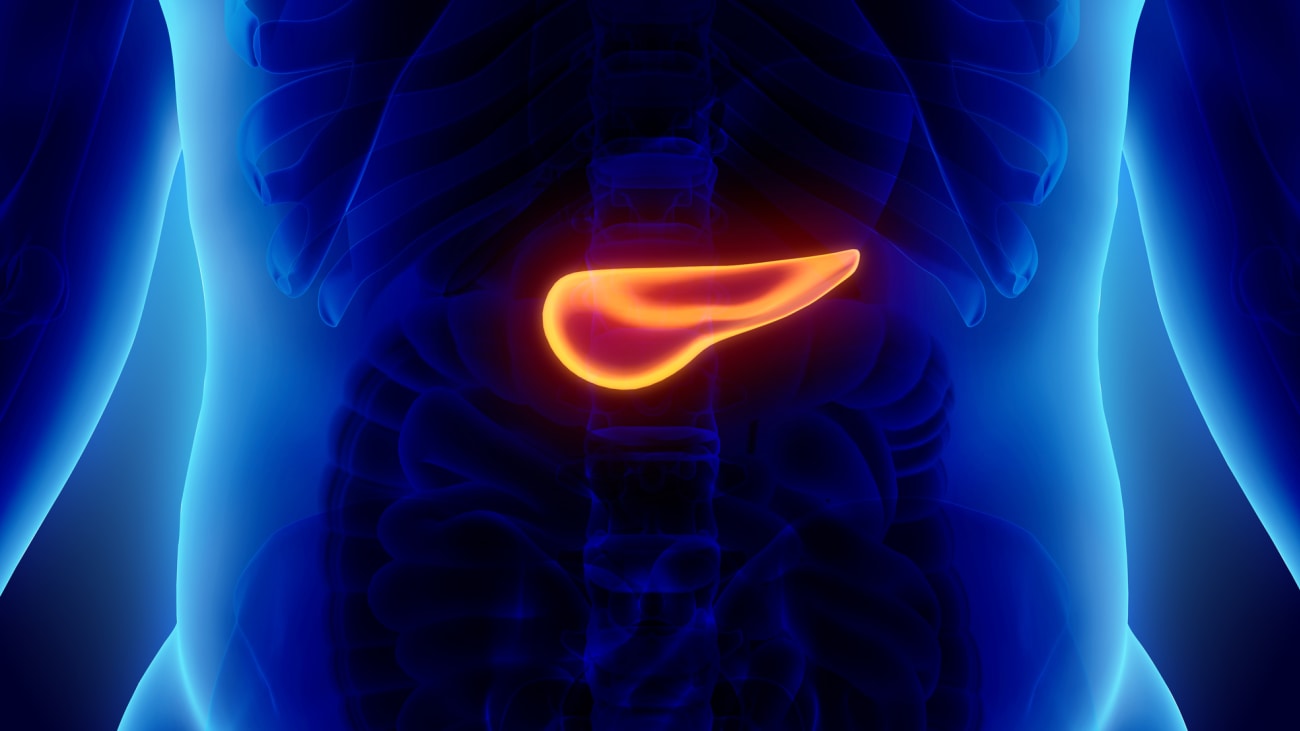Is there a difference between Neuroendocrine Tumours and Cancer?
Apr 19, 2022
Neuroendocrine tumours (NETs) have featured in the news quite frequently in recent times. This is partly due to various celebrities being diagnosed and sometimes succumbing to this disease. People like Steve Jobs, Aretha Franklin, and the actor Irrfan Khan, closer to home.
The natural tendency is to assume that this disease is primarily related to the brain. Not many realize that this is mainly an abdominal disease which tends to mimic cancer. Although it is a rare tumour, the incidence seems to be increasing, even our country.
NETs mainly affect the abdominal organs such as pancreas, intestine, appendix, stomach, as well as other organs. It can also affect the lungs and other organs as well. Many NETs are detected unexpectedly at regular check-ups or while investigating for something else.

The good news is that most NETs do not behave like typical cancers. The low-grade NETs (grade 1 and 2) are slow growing tumours which have high cure rates. There are also many treatment options which are well tolerated by patients. Some NETs are functional, which means there are hormones secreted by the tumour into the blood stream causing symptoms related to that hormone. For example, if insulin is secreted, then the blood sugar tends to get extremely low, causing giddiness. Unfortunately, high grade NETs (grade 3) tend to behave like cancers, and generally require chemotherapy.
NETs usually require a special PET scan called a 68-Gallium PET scan or a DOTA-TOC scan. This helps to identify the tumour and its spread. The treatment is usually surgical. Other options like targeted therapy, long acting octreotide, peptide therapy, and others are also effective.
To summarize, NETs are a relatively rare group of tumours which are usually ‘well-behaved’, with numerous treatment options, the primary modality being surgery.








